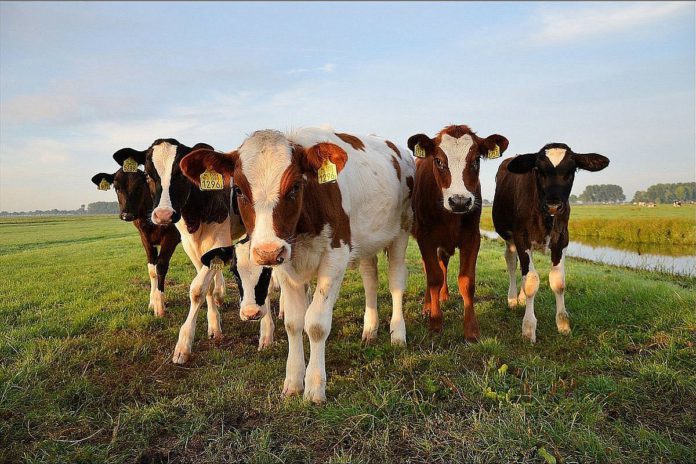Having good practices in the early stages of rearing dairy-beef calves will minimise problems later on, according to Vincent Ronayne, drystock advisor, Teagasc Ballinrobe.
He believes that there are a number of core principles which farmers rearing dairy-beef calves should follow.
Housing and ventilation
Firstly, the shed where farmers rear dairy-beef calves is important for the health of the young animal. The calf shed, he advised, should be airy but not draughty.
“There must be a movement of air above the calf to take away all stale air. In larger sheds, where there are draughts at calf level, this can be controlled by sheeting pen divisions or by simply placing straw bales to create a windbreak.”
Where there is a downward draught, this can be alleviated by creating a short canopy over the calves where they can escape the downward draught. A simple method of identifying the air movement in a calf shed is to use smoke at calf level to see what direction and how quickly it moves.
Bedding
Secondly, calves coming onto the farm require a good dry bed. There should be a slope on the floor to drain away excess urine. There should be a good layer of dry straw under calves at all times.
“A good test for this is to kneel on one knee and if your knee gets wet/damp, then you need more straw. Insufficient straw and wet bedding can lead to a build-up of ammonia at calf level and can cause lung damage in young or compromised calves.”
“Straw may look expensive but a vet call, antibiotics and or death of the calf will buy quite a few bales. Disease risk will be reduced by cleaning out, disinfecting, and using sufficient bedding on a regular basis.”
Vaccination
Thirdly, calves should receive their vaccination on arrival on the farm.
As vaccination requirements vary from farm to farm, there is no standard vaccination. Discuss your vaccination programme with your vet, the Teagasc
Water
All calves should have access to clean water at all times from day one after arriving on the farm.
The trough should be placed in such a way as to avoid soiling and must be checked at each feeding and cleaned as required and routinely once a week.
The milk replacer being fed to calves may meet the requirements of most calves in the first week, but clean water must be available to all calves should they require it.
Calf crunch
A small amount of fresh calf crunch should be made available every day to calves, according to Ronayne.
A cooked crunch, containing some molasses will speed up the process.
According to the Teagasc advisor, a coarse crunch has benefits over pencils and nuts at this stage.
A coarse crunch encourages the rumen to develop due to its roughness as pencils and nuts are ground too fine during processing. They can be used at a later stage.
Penning and feeding
Finally, penning 6-8 dairy-beef calves in a pen makes observation and management much easier. An ailing calf is much easier to identify in a smaller group.
“Feed replacer as per manufacturer’s recommendations, as they have a lot of research done on their own product. The temperature of the milk replacer should remain the same at each feeding. If these principles are followed, it should result in an easier calf rearing season.”





